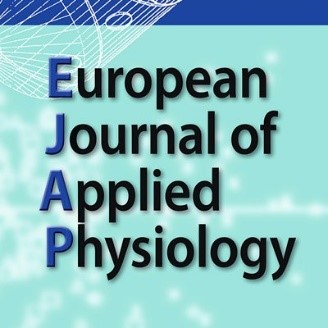"The bioheat transfer equation predicts temperature distribution in living tissues such as the skin. This study aimed at psychophysically validating this model in humans. Methods Three experiments were performed. In the first, participants were asked to judge the thermal intensity of stimuli with combinations of intensity and duration that yielded, according to the model, identical temperatures at the thermoreceptor’s depth. In experiment 2, participants’ thermal detection thresholds for stimuli of different durations were measured to verify whether these thresholds correspond, according to the model, to equivalent temperatures at the thermoreceptor’s location. In experiment 3, an alternative forced choice method was used, in which subjects indicated which of the two consecutive thermal stimulations was more intense. Results The model predicted results that agreed with subjects’ perceptions. Participants judged stimuli of different combinations of intensities and durations yielding identical temperature at the receptor level as having equivalent intensity. Moreover, although cold detection thresholds for stimuli of different durations differed for temperatures of the stimulating probe, stimulations using the model’s parameters showed equivalence at the depth of the thermal receptors. Furthermore, stimuli with temperature/duration combinations for which the model predicts temperature equivalence at the depth of the receptors corresponded to subjective equalization. Conclusion These findings indicate that heat transfer models provide good estimates of temperatures at the thermal receptors. Use of these models may facilitate comparisons among studies using different stimulation devices and may facilitate the establishment of standards involving all stimulation parameters."
Authors:
A. Dufour, O. Després, T. Pébayle, S. Lithfous


